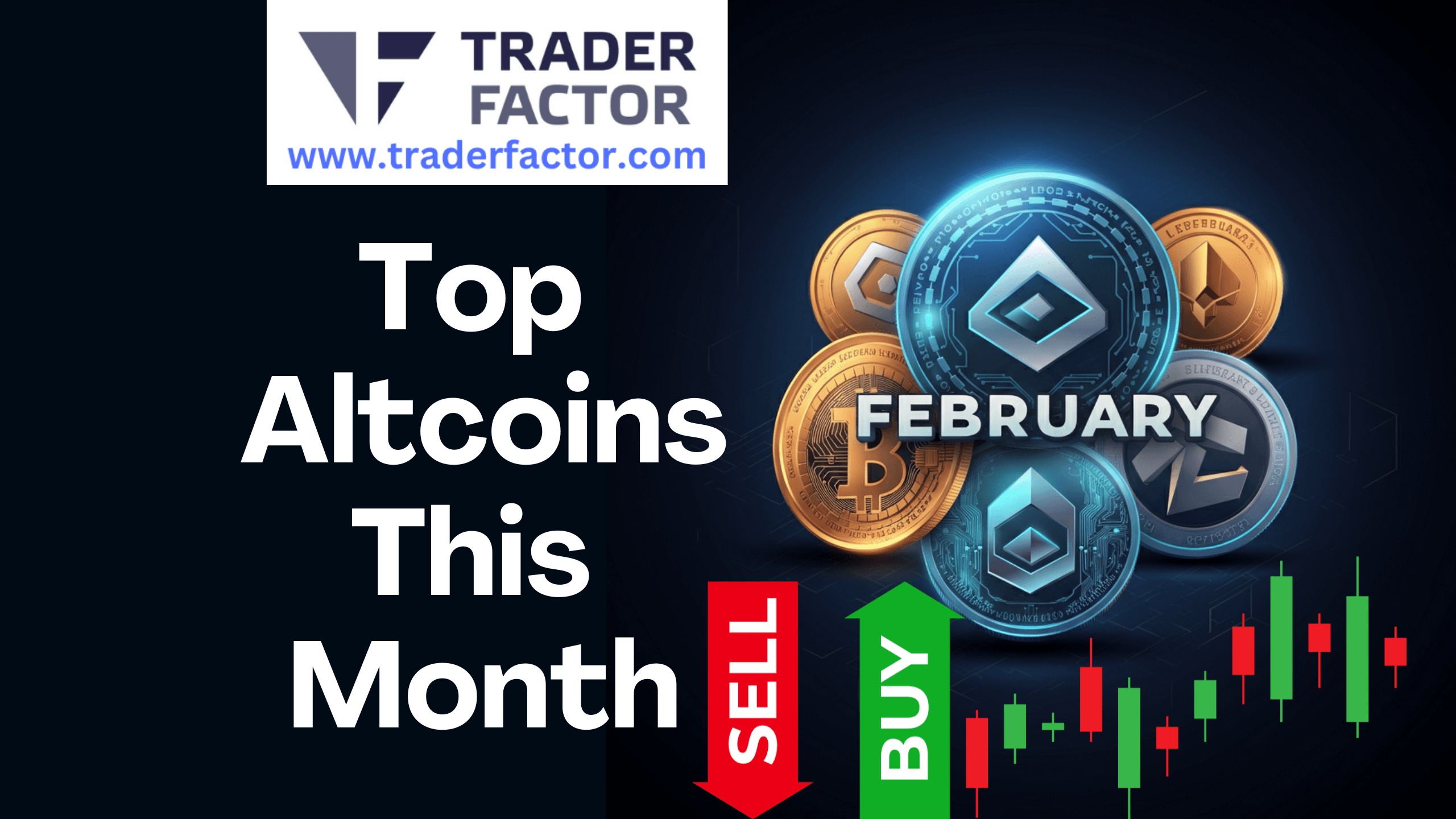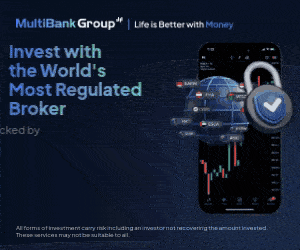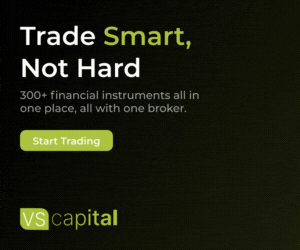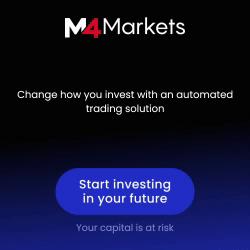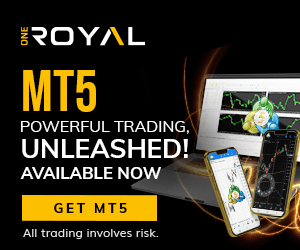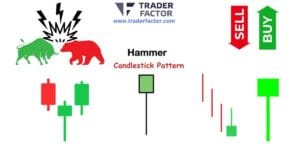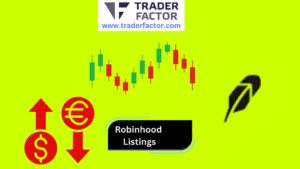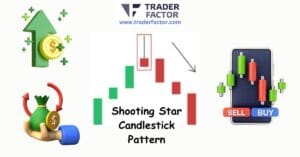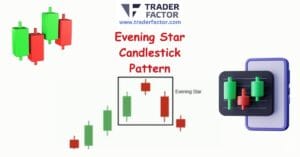Are you exploring the best altcoins this February? With so many options, it’s easy to feel overwhelmed. The crypto market changes rapidly, bringing fresh opportunities. However, identifying solid picks takes focus and research. This month, several altcoins are gaining momentum and making headlines. They combine innovative tech, strong backing, and growing demand. But which ones stand out for potential gains? Whether you’re a seasoned investor or a curious beginner, staying informed is crucial. Get ready to discover this month’s top trending altcoins. Each offers unique strengths you might want to consider. So, where will your portfolio grow next? Let’s begin!
Table of Contents
ToggleTop Altcoins List Today
| Altcoin Name | Symbol | Current Price | Market Cap | Sector/Niche |
|---|---|---|---|---|
| Immutable X | IMX | $0.85 | $1,478,230,370.34 | NFT scaling |
| Stacks | STX | $0.99 | $1,492,185,811.38 | Smart contracts on Bitcoin |
| Ethereum | ETH | $2,694.49 | $324,740,298,591.79 | DeFi and Smart contracts |
| Solana | SOL | $202.32 | $98,718,567,562.77 | High-speed blockchain |
| XRP | XRP | $2.48 | $143,358,414,024.08 | Cross-border payments |
| Bitget Token | BGB | $6.43 | $7,712,488,925.63 | Exchange token |
| SPX6900 | SPX | $0.78 | $729,342,025.75 | Niche digital asset |
| Polygon | MATIC | $0.02 | $613,512,033.14 | Ethereum scaling solutions |
| Avalanche | AVAX | $26.45 | $10,864,202,919.43 | High-speed DeFi platform |
| Chainlink | LINK | $19.44 | $12,375,726,787.82 | Decentralized oracle solutions |
Data from CoinBase
Are These The Best Altcoins For The Next Crypto Bullrun
Choosing the best altcoins for the next crypto bullrun requires careful analysis of their potential and market trends. While no one can predict the future, understanding each project’s strengths and challenges can help you make informed decisions.
Immutable X (IMX)
With Immutable X, you’ve got a platform that stands out for its focus on scaling NFTs. It uses zero-knowledge rollups to provide fast and secure transactions. One major advantage is its dedication to carbon neutrality, which aligns with increasing environmental concerns. The platform eliminates gas fees, making it a cost-effective choice for creators and users alike. However, its success is closely tied to the growth of the NFT market, which has shown volatility in recent years. While its technology is promising, its limited scope beyond NFTs could be seen as a constraint.
Stacks (STX)
Stacks brings smart contract functionality directly to Bitcoin, which is a unique proposition in the blockchain space. By using the power and security of Bitcoin, it allows you to build decentralized apps with a high level of trust. This integration of smart contracts has opened up new possibilities for Bitcoin, which traditionally wasn’t known for such features. However, scalability remains a concern, and its user base is smaller compared to leading platforms. While it’s innovative, it still has plenty of room to grow before it can compete on the same level as some of the bigger players.
Ethereum (ETH)
Ethereum is often called the backbone of decentralized finance and blockchain solutions. It supports a wide variety of applications, from NFTs to DeFi platforms, offering unmatched flexibility. The ongoing transition to Ethereum 2.0 is a much-anticipated upgrade aimed at resolving some of its major issues, such as high transaction costs and network congestion. However, the network still faces significant challenges, especially in scaling efficiently while maintaining security. Its dominance in the blockchain ecosystem is undeniable, but that dominance also means every misstep is magnified and closely scrutinized.
Solana (SOL)
Solana has made a name for itself as a fast and efficient blockchain. Its high throughput, capable of handling thousands of transactions per second, makes it stand out among competitors. Low fees and energy-efficient processes add to its appeal, particularly in applications where speed is crucial. On the downside, Solana has been plagued by network outages in the past, raising concerns about its reliability over the long term. While its ecosystem continues to grow, these technical difficulties will need to be addressed to maintain user trust and developer interest.
XRP (XRP)
XRP is designed to simplify and reduce the cost of cross-border payments. By focusing on financial institutions, it fills a unique role in the blockchain landscape. Its speed and efficiency make it a strong alternative to traditional banking methods for transferring money internationally. Despite these features, XRP’s potential is clouded by ongoing legal battles that could impact its future utility and adoption. While these issues have yet to be fully resolved, the project’s focus on a specific use case allows it to remain relevant in the conversation.
Bitget Token (BGB)
Bitget Token serves as a native utility token for the Bitget exchange. It provides various benefits within the exchange ecosystem, such as trading fee discounts and exclusive promotions. This focus helps bolster user engagement on the platform. However, like most exchange tokens, its value is heavily tied to the success and growth of the underlying exchange. If Bitget were to face increased competition or operational issues, the token could lose some of its appeal. This single-platform dependency is a common limitation for exchange-related cryptocurrencies.
SPX6900 (SPX)
SPX6900 offers a niche proposition in a crowded blockchain market. While it caters to a specific group of users, the scope of its applications is somewhat limited. It may appeal to those looking for speculative opportunities or innovative projects outside the mainstream. However, its lower market visibility and narrow utility are important factors to consider. Without broader adoption or a wider range of use cases, it may struggle to compete with more established cryptocurrencies.
Polygon (MATIC)
Polygon enhances Ethereum’s capabilities by addressing its scalability problems. By using layer-2 scaling solutions, it offers faster transactions and lower fees. This makes it particularly well-suited for developers seeking to build efficient decentralized applications on Ethereum. Its compatibility with the Ethereum ecosystem is another notable strength, allowing seamless integration with existing tools and platforms. However, when compared with other scaling-focused projects, Polygon may face challenges in sustaining user interest and broader adoption. While it offers significant value as a scaling solution, its reliance on Ethereum’s success is both a strength and a limitation.
Avalanche (AVAX)
Avalanche is known for its focus on speed, efficiency, and interoperability. With sub-second transaction finality, it’s one of the fastest platforms available for developers and businesses. Its ability to run multiple blockchains within its ecosystem also sets it apart. This flexibility has made Avalanche a strong player in the decentralized finance space. However, the competition it faces from other high-performing platforms like Ethereum and Solana is intense. To stay competitive, it will need to continue innovating and expanding its ecosystem.

Chainlink (LINK)
Chainlink is the leading provider of decentralized oracle solutions for blockchain technology. Its ability to provide reliable and tamper-proof data connections between different platforms is critical for many blockchain applications. This innovation has made it a core component in the growing decentralized finance industry. However, Chainlink’s success depends on continued adoption by external platforms and developers. While it has already achieved a strong position, its growth will require ongoing efforts to remain relevant in an evolving market.
Conclusion
Analyzing the 10 best altcoins this February offers insights into emerging trends in the cryptocurrency market. These assets showcase innovation and potential within a dynamic landscape. Understanding their performance and features can help you stay informed and adapt to shifts in the industry. Always evaluate carefully to align with your financial goals.
Disclaimer:
All information has been prepared by TraderFactor or partners. The information does not contain a record of TraderFactor or partner’s prices or an offer of or solicitation for a transaction in any financial instrument. No representation or warranty is given as to the accuracy or completeness of this information. Any material provided does not have regard to the specific investment objective and financial situation of any person who may read it. Past performance is not a reliable indicator of future performance.

